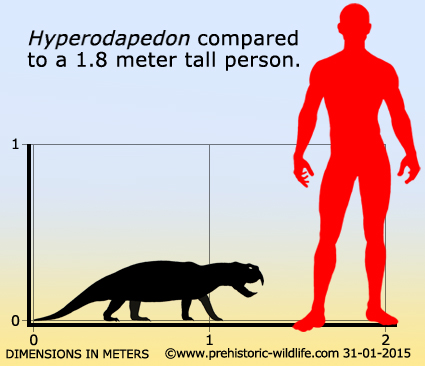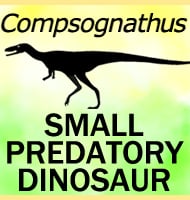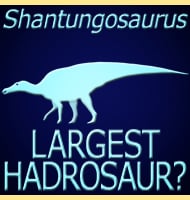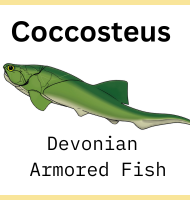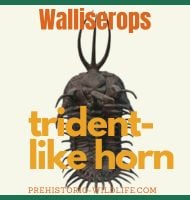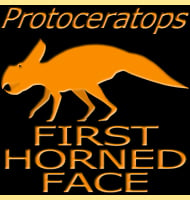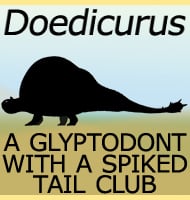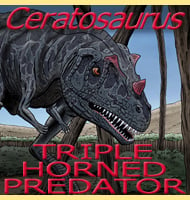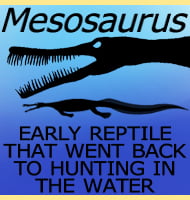In Depth
Hyperodapedon is one of the best known rhynchosaurs that were specialised herbivores that lived during the Triassic which had large incisor teeth that are thought to have been used to break open the seeds of extinct plants called seed ferns. Once the seed husk was split open, the softer internal parts were mashed between the teeth at the back of the mouth so that they could be more easily digested. The specialisation of Hyperodapedon saw it able to compete with other herbivores by feeding on plant parts others were unable to do. However it was this very specialisation that seems to have been their downfall as when the seed ferns disappeared towards the end of the Triassic, the rhynchosaurs soon followed.
The large geographic distribution of Hyperodapedon was possible because while the super continent Pangaea was breaking up during the Triassic, the main land masses were still largely connected together. The rhynchosaurs seem to be at their most numerous across South America and Africa which would have been connected during the Triassic (if you look at a map of the world you will see that eastern coast of South America and the western coast of Africa still roughly fit together as if the two continents are two pieces of a jigsaw puzzle).
Hyperodapedon would have probably fallen prey to large rauisuchian predators like Saurosuchus, but it needs to be membered that Hyperodapedon also existed in the same ecosystems which saw the early dinosaurs. Although not yet as powerful as the rauisuchians, dinosaurs such as Herrerasaurus could use their speed to quickly rush in and snatch away juvenile animals.
Further Reading
– A note on some rhynchosaurian remains from Tanganyika Territory. – Annals of the South African Museum 42:1-4. – D. Boonstra – 1953. – A new species of the Late Triassic rhynchosaur Hyperodapedon from the Santa Maria Formation of south Brazil. – Palaeontology 43 (6): 633–652. – Max C. Langer & Cesar L. Schultz – 2000. – A new Hyperodapedon (Archosauromorpha, Rhynchosauria) from the Upper Triassic of India: implications for rhynchosaur phylogeny. – Palaeontology. doi: 10.1111/pala.12113. – D. Mukherjee & S. Ray – 2014.
